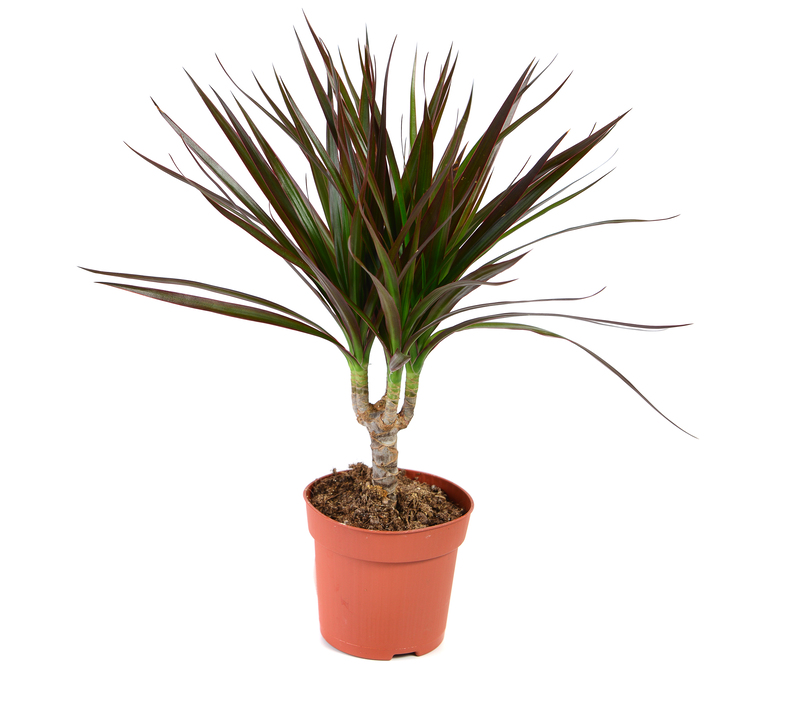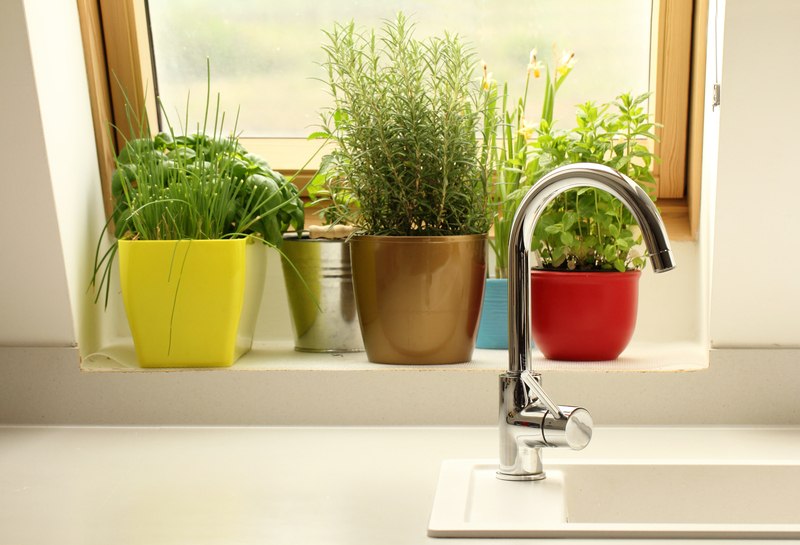Easily Grow Nutrient-Rich Blueberries
Posted on 24/05/2025
Blueberries are not only delicious but are also packed with essential nutrients and antioxidants. Growing nutrient-rich blueberries in your garden is an incredibly rewarding experience. Whether you're a seasoned gardener or a beginner, these blue gems are a great addition to your home garden. This comprehensive guide will walk you through the entire process, from selecting the right variety to harvesting your bounty.
Selecting the Right Blueberry Variety
Blueberries come in several varieties, each suited to different climates and growing conditions. The three main types are:
- Highbush Blueberries: These are the most common type, typically grown in regions with cold winters and hot summers. They are categorized further into Northern Highbush and Southern Highbush.
- Lowbush Blueberries: Ideal for colder climates, these shrubs are shorter, making them perfect for ground cover. They're often found in wild areas and have a more intense flavor.
- Rabbiteye Blueberries: Best suited for the Southeastern United States, these are highly tolerant of heat and humidity.

Soil Preparation
Blueberries require well-draining acidic soil with a pH between 4.5 and 5.5. If your garden soil is not naturally acidic, you can amend it by adding peat moss, elemental sulfur, or pine needles. Performing a soil test before planting is highly recommended to determine the pH and necessary amendments.
To prepare the soil, follow these steps:
- Test the Soil: Obtain a soil test kit and follow the instructions to measure the pH level of your soil.
- Add Amendments: Based on the test results, add the necessary amendments. For instance, if your soil is too alkaline, mix in peat moss or use elemental sulfur to lower the pH.
- Ensure Good Drainage: Blueberries dislike waterlogged soil, so ensure that the planting area has good drainage. Raised beds are an excellent option for improving drainage.
Planting Blueberries
Blueberries are best planted in the early spring or late fall. Proper planting ensures that the plants establish well and grow vigorously.
- Choose the Right Location: Select a sunny spot that receives at least six hours of sunlight daily. Blueberries also benefit from some morning sun to dry off the morning dew, reducing the risk of disease.
- Dig the Planting Hole: Dig a hole twice as wide and as deep as the root ball of the plant. Mix in some compost to provide organic matter.
- Planting: Place the blueberry plant in the hole, ensuring that the top of the root ball is level with the surrounding soil. Fill the hole with the soil-compost mixture, and firm it gently to eliminate air pockets.
- Watering: Water the newly planted blueberries well, ensuring the soil is moist but not waterlogged.
Mulching and Fertilizing
Mulching and fertilizing are critical for the healthy growth of blueberry plants. Mulch helps retain soil moisture, suppress weeds, and regulate soil temperature. Pine needles, wood chips, or sawdust make excellent mulch for blueberries.
For fertilizing, use a balanced, slow-release fertilizer formulated for acid-loving plants. Applying fertilizers high in nitrogen in the spring promotes healthy growth and bountiful fruit production. However, avoid over-fertilizing, as it can cause poor fruit quality and other issues.
Pruning Blueberry Plants
Proper pruning is essential for maintaining the health and productivity of blueberry plants. Pruning removes dead or diseased wood, improves light penetration, and encourages new growth.
- Young Plants: For the first couple of years, focus on establishing a strong framework by removing any weak, spindly growth and allowing only the healthiest canes to develop.
- Mature Plants: Once the plants are established, annual pruning is necessary. Remove any dead or diseased branches, and cut back one-third of the oldest canes to the base to encourage new growth.
Pest and Disease Management
Although blueberries are relatively pest-resistant, they can occasionally suffer from pests and diseases. Regular monitoring and early intervention are crucial.
Common issues include:
- Birds: Birds love blueberries as much as humans do. Use bird netting to protect your crop from being eaten.
- Insects: Aphids, blueberry maggot, and scale insects can occasionally infest blueberry plants. Using insecticidal soap or neem oil can manage these pests effectively.
- Diseases: Blueberries can suffer from fungal diseases such as powdery mildew and botrytis. Ensure proper spacing for air circulation and avoid overhead watering to reduce the risk.
Watering and Maintenance
Consistent watering is crucial for producing juicy, plump blueberries. Blueberries require about 1-2 inches of water per week. Water deeply but infrequently to encourage deep root growth. Using drip irrigation or soaker hoses can help deliver water directly to the root zone, minimizing water loss and reducing the risk of disease.

Harvesting and Enjoying Blueberries
Blueberries typically ripen in mid to late summer, depending on the variety and growing conditions. Berries are ready to harvest when they are completely blue, slightly soft, and easily detach from the cluster.
For the best flavor, allow the blueberries to hang on the bush for a few days after turning blue before picking them. Harvesting every few days ensures you get the ripest and most flavorful berries.
Once harvested, blueberries can be enjoyed fresh, frozen, or used in various culinary dishes. They are excellent for making smoothies, pancakes, muffins, and preserves, adding a burst of flavor and nutrition to your meals.
Conclusion
Growing nutrient-rich blueberries at home is a delightful and rewarding endeavor. By choosing the right variety, preparing the soil, planting correctly, and providing proper care through mulching, fertilizing, pruning, and pest management, you can enjoy a bountiful harvest of these delicious and nutritious fruits. With patience and dedication, you'll have fresh blueberries to enjoy for many years to come.




